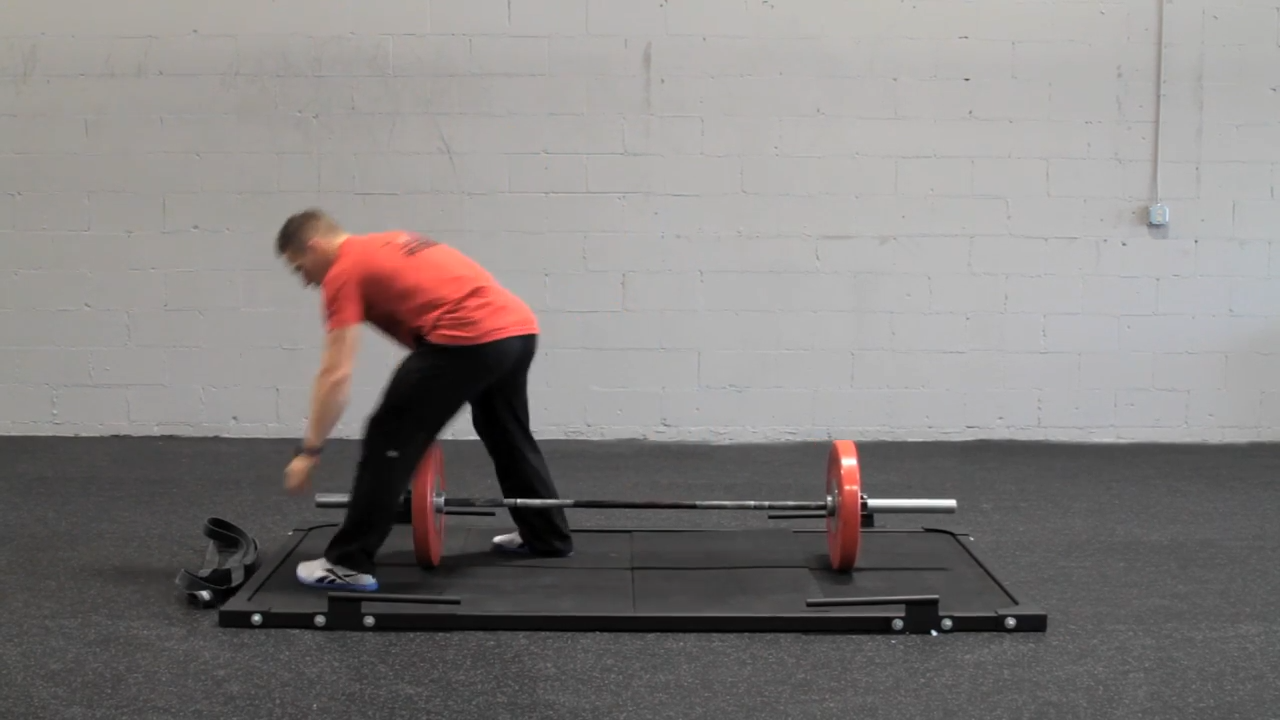Cardio and strength training often fuel debates in fitness circles, especially among those focused on weight loss and calorie burn.
Each form of exercise delivers specific benefits, but calorie expenditure remains a key focus for many trying to shed fat.
While cardio workouts tend to torch more calories during sessions, strength training offers metabolic benefits that accumulate over time.
Muscle repair and increased resting metabolic rate make strength workouts a valuable tool for long-term fat management.
Cardio: Immediate High Calorie Burn

Fast-paced movement and elevated heart rates make cardio workouts a go-to choice for those focused on fast calorie burn.
People aiming to lose weight quickly or increase daily energy expenditure often turn to aerobic exercise because of how rapidly it ramps up the metabolism during activity.
In-Workout Calorie Burn
Cardio exercises increase oxygen consumption, driving up calorie usage with every minute of movement.
High-intensity routines demand more effort from the cardiovascular system and muscles, which results in higher energy expenditure.
- Brisk walking: ~6 calories per minute
- Jogging: ~10–11 calories per minute
- High-intensity cycling: ~12–15 calories per minute
- Jump rope: ~13–16 calories per minute
- HIIT routines: variable, often 12–20+ calories per minute depending on intervals
These numbers vary with weight, pace, and effort level. Heavier individuals naturally burn more due to greater energy requirements for movement.
Typical Sessions
Cardio sessions often range between 20 and 60 minutes, with even short bouts producing noticeable effects.
Thirty-minute workouts can significantly contribute to a calorie deficit when paired with appropriate nutrition.
- Running at 5 mph:
- 155 lb person: ~260 calories
- 185 lb person: ~311 calories
- Stationary cycling (moderate pace):
- 155 lb person: ~252 calories
- 185 lb person: ~294 calories
- Swimming (freestyle, moderate pace):
- 155 lb person: ~223 calories
- 185 lb person: ~266 calories
These values highlight why cardio often becomes the centerpiece of programs focused on fat loss and energy expenditure.
Limitations
Despite its efficiency during sessions, cardio falls short in producing long-term calorie-burning benefits when compared to strength-focused exercise.
Once the workout ends, the body quickly returns to its baseline metabolic rate.
- Limited increase in resting metabolism after exercise
- Lower EPOC response compared to resistance training
- No significant impact on muscle mass preservation
- Caloric burn ends soon after activity stops
Long-term changes in body composition require more than immediate calorie deficits.
While cardio is excellent for initiating fat loss, relying solely on it without strength training may lead to muscle loss and reduced resting metabolism over time.
Supplemental aids like Hyperburn, a thermogenic fat burner, can enhance energy and metabolic output, especially when paired with a balanced training routine.
Strength Training: Long-Term Calorie Burn Benefits

Strength training extends its value long after a workout ends.
Unlike cardio, which mainly focuses on calories burned during movement, resistance-based exercise transforms the body’s internal systems to work harder throughout the day, even at rest.
Muscle repair, increased lean mass, and shifts in metabolic demand make weightlifting an effective tool for ongoing calorie expenditure.
Direct Calorie Burn
Traditional strength training typically burns fewer calories per session than cardio.
While this might seem like a disadvantage at first glance, the impact goes further when placed in context.
- A 155-pound person can expect to burn about 112 calories in a 30-minute moderate-intensity weight session.
- A 185-pound individual might burn closer to 133 calories in the same timeframe.
- Compound exercises like squats and bench presses increase expenditure slightly due to larger muscle engagement.
Short-term numbers show a gap, but they don’t tell the full story of strength training’s value.
EPOC (Afterburn Effect)
Excess Post-Exercise Oxygen Consumption (EPOC) plays a major role in calorie burn after weight training.
When muscle fibers break down during lifting, the body must repair them. That repair demands oxygen, fuel, and time.
- EPOC can raise metabolic rate for up to 48 hours after a challenging workout.
- High-intensity or heavy lifting causes more muscle disruption, leading to longer recovery and more energy usage.
- Recovery also supports hormonal balance and fat oxidation.
Sessions involving supersets, drop sets, or circuits tend to enhance the afterburn significantly.
Resting Metabolic Rate Boost
More muscle on the body results in more calories burned while resting. Muscle is active tissue, constantly requiring fuel to maintain.
- Each pound of lean muscle can burn around 6–10 extra calories per day without activity.
- Gaining just 4–5 pounds of muscle could boost daily calorie burn by 30–50 calories or more.
- Over a week or month, that adds up significantly—supporting fat loss during sleep, work, and sedentary hours.
Strength training protects against the metabolic slowdown that often occurs during weight loss.
Circuit and Hypertrophy Training
High-repetition, high-volume programs dramatically raise both workout intensity and afterburn.
These styles increase stress on muscle fibers and elevate heart rate, combining elements of resistance and cardiovascular work.
- Eccentric training (slow lowering phase) produces greater muscle tension and fiber damage.
- Hypertrophy routines often result in up to 550 extra calories burned across the 72 hours post-workout.
- Circuits that rotate through multiple exercises with minimal rest sustain metabolic elevation and amplify calorie expenditure.
Choosing this format increases strength gains while accelerating fat loss through compounded energy demand.
Comparing the Two Over Time

Calorie burn is only one part of the equation when selecting a workout style.
Immediate results may seem impressive on a fitness tracker, but long-term effects often tell a different story.
Evaluating cardio and strength training through both short- and long-term lenses provides better insight into how each contributes to fat loss, metabolic function, and overall fitness.
Short-Term
Cardio often delivers more noticeable results right after exercise. Activities such as running, jumping rope, and cycling raise the heart rate quickly and burn more calories per minute.
- Higher immediate energy expenditure per minute
- Quick weight loss during calorie-restriction phases
- Easily trackable results through fitness apps and devices
- Requires less technical skill to start compared to lifting
Calorie counters often show significantly higher values after a high-intensity cardio session than after lifting weights for the same duration.
For individuals focused on shedding pounds in a short timeframe, cardio remains a go-to option.
Long-Term
Strength training shines when the focus shifts to metabolic efficiency and sustainable weight control.
Building lean muscle tissue turns the body into a more efficient calorie-burning machine, even while at rest.
Over time, those who prioritize resistance training often maintain lower body fat levels and greater muscular definition.
- Increased resting metabolic rate through added muscle mass
- Extended calorie burn through the afterburn effect (EPOC)
- Greater preservation of lean tissue during fat loss
- Improved physical function, posture, and injury prevention
- Long-lasting support for sustainable fat management
Fat loss achieved through muscle gain and elevated metabolism doesn’t show up immediately but provides better maintenance over time.
Hybrid Workouts
Interval-style routines that merge strength and cardio bring out the best features of both.
High-intensity interval training (HIIT), metabolic conditioning, and circuit lifting formats combine calorie torching with muscle stimulus.
- Immediate calorie burn from cardio elements
- Prolonged metabolic elevation due to strength components
- Reduced monotony with varied routines
- Maximized efficiency for those with limited time
These workouts offer flexibility and tend to suit those looking to improve body composition without long, repetitive sessions.
Summary
Cardio delivers quick results in terms of calorie expenditure during exercise, while strength athletes foster long-term metabolic benefits.
Both deserve a place in a balanced fitness regimen.
Long-term fat loss, improved muscle tone, and metabolic health are better supported through consistent resistance training, paired with regular cardio.




